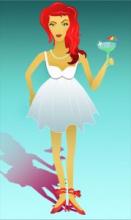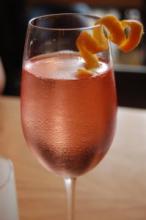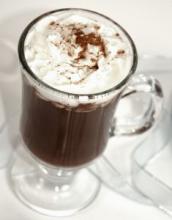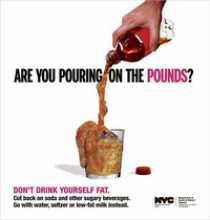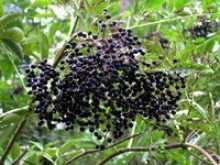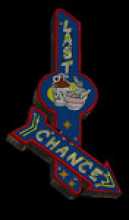Who Should Be Responsible When an 18-year-old College Student Drinks Too Much?
In my not-so-humble opinion, 18-year-old drinkers should be responsible both their actions and injuries after they drink, even when they are served by older students.
42% of college students reported binge drinking in a 2001 survey. I don’t believe it. This must be a made-up statistic because my own personal estimate is that when bible colleges are excluded, approximately 83.7% of American college students binge drink on a semi-regular basis.
Beer bongs, shot-gunning, and keg stands are the standards for drinking for the 15-20 year-old crowd because they are theoretically more palatable ways to drink cheap beer and each of the methods gets you drunk quickly.
I was 18 the first time I did a beer bong and hardly noticed as three frothy keg cups of a Shlitz-like-beer were poured down my throat in 3.7 seconds flat as an impressive-looking senior held the funnel up in the air for me. I then left the party in a fog, went to my dorm-room where my roommate unceremoniously handed me my coat, and told me to go for a walk to sober up. I did not attempt to do a keg stand at this time.
Once home, I hit my unsuspecting and stone-cold sober roomie on accident with my arms, unintentionally giving her a fat lip. Her boyfriend, who in my opinion had been with her exactly three weeks too long during the space of their four week relationship, then offered to take me for a walk. I had no interest in him as a boyfriend, but I did manage to tell him in no uncertain terms why he was too good for my roommate. This was later translated by her to mean that I stole her boyfriend.
He and I wandered up to his dorm floor, where I am told I took four shots of whiskey, which may or may not have been true, then I went to my dorm room and threw up, and unceremoniously passed out, having experienced my first black-out.
I was 18 years old at the time. Everyone who gave me alcohol was 21 or over. As an adult, I’m wondering who would have been responsible if I had (possibly while walking around dissing my roommate to her boyfriend), fallen down the stairs and broken my neck. Would it have been the cute senior trying to get me drunk at the first party who gave me the beer bong? Or would it be the owners of that particular apartment or the strange girl who reportedly gave me the shots of Whiskey?
Or could my roommate have prosecuted me for assault charges for her fat lip which was a complete and total accident?
